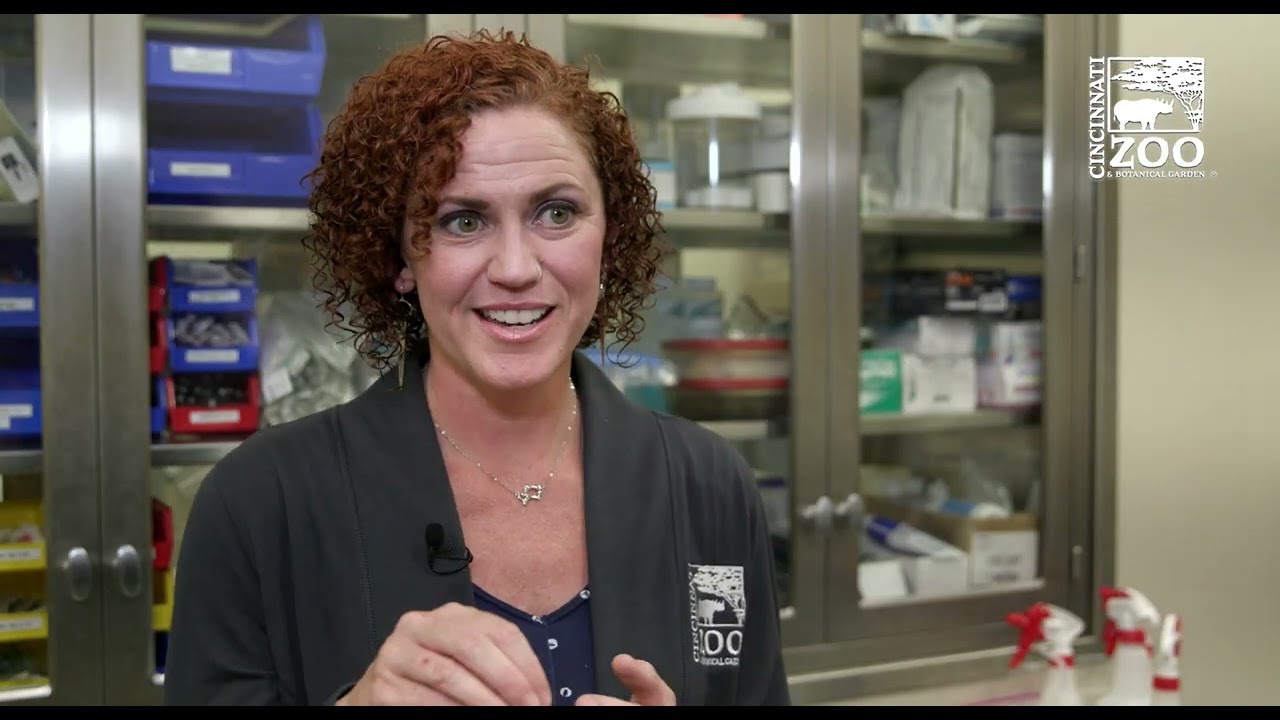Cincinnati Zoo Scientists Advance Non-Surgical Contraceptive Alternative for Cats
Cincinnati Zoo scientists and their collaborators from Massachusetts General Hospital and the Horae Gene Therapy Center have recently published ground-breaking findings from their study funded by The Joanie Bernard Foundation, and The Michelson Found Animals Foundation. The study shows the efficacy of a non-surgical alternative to spaying domestic cats, offering a new method of preventing unwanted litter of cats.
The Study: Efficacy of Non-Surgical Alternative to Spaying Domestic Cats
Dr. Colleen M. McClean and Dr. Tim G. Hayes spearheaded the study to find a non-surgical method to sterilize cats, focusing on a gene called Anti-Müllerian Hormone, or AMH. A high concentration of this hormone in the bloodstream tells that a female feline is fertile. Therefore, the scientists developed a virus that would decrease the amount of AMH in the blood, prevent the cat from reproducing and prevent the need for spaying.
The scientists injected the newly developed virus into domestic cats’ ovaries, enabling them to produce AMH antibodies. These antibodies, in turn, show the immune system which cells to attack, ultimately reducing the cat’s fertility.
Positive Results of the Study
The study’s findings showed that the viral approach indeed reduced the production of AMH in the bloodstream by approximately 70 to 80%. This reduction correlated with decreased fertility. Sixteen cats underwent the treatment, which proves the efficacy of the method. Further, the scientists researched the long-term effects of the treatment, and the cats showed no ill effects. This finding indicates that the treatment was safe and carried no severe side effects.
The Impact of the Study
Spaying is an essential and widely practiced method of preventing unwanted litter of cats. This new non-surgical method opens up possibilities of an alternative to spaying, saving cats the pain and recovery time that comes with spaying. It’s also an option for those who cannot afford surgical sterilization, offering a more affordable and possibly more accessible alternative. This method may also positively impact cat colonies, reducing the need for trapping cats for spay and neuter procedures, which can cause stress and trauma for many cats.
The Future of the Viral Treatment
The breakthrough research already proved that the treatment doesn’t negatively impact cats. Now, more extensive studies are required to determine the treatment’s efficacy and safety in different species and breeds of cats. After that, we might be looking at an alternative to spaying that can change how we sterilize our pets.
In Conclusion
Research by Cincinnati Zoo scientists and their collaborators from Massachusetts General Hospital and the Horae Gene Therapy Center hints at a promising non-surgical alternative to spaying domestic cats, offering cat owners a new and safe way to sterilize their pets. The study proves the efficacy of the viral approach, with little to no complications or side effects. The treatment is non-invasive and does not affect the cat’s persona or hormonal balance, leading the way for various other benefits, including reduced stress for cats and a humane way of controlling cat populations.
*****
Summary of Transcript:
The video discusses the issue of the overpopulation of domestic cats in the United States and the efforts to control it through trap-neuter-return programs. The crew’s main focus was to study the reproduction of endangered cat species, and they worked on developing a non-surgical way to spay or neuter domestic cats using gene therapy. The gene therapy worked effectively, and none of the treated cats became pregnant during two breeding trials. The study concluded that gene therapy to spay or neuter cats is a potential alternative to surgery and can significantly impact the long term. The video ends with the announcement that the cats used in the study will retire and be adopted into forever homes.
*****
Summary of Description:
Scientists at Cincinnati Zoo & Botanical Garden’s Center for Conservation and Research of Endangered Wildlife (CREW) have discovered a non-surgical contraceptive alternative for domestic cats. The study’s findings, published with collaborators from Massachusetts General Hospital and Horae Gene Therapy Center, may eliminate the need for spaying cats. The Joanie Bernard Foundation and The Michelson Found Animals Foundation funded the research.
*****
*****
Source Description
Cincinnati Zoo Scientists Advance Non-Surgical Contraceptive Alternative for Cats
Scientists at Cincinnati Zoo & Botanical Garden’s Center for Conservation and Research of Endangered Wildlife (CREW) and collaborators from Massachusetts General Hospital (MGH) and Horae Gene Therapy Center recently published findings from a study funded by The Joanie Bernard Foundation and The Michelson Found Animals Foundation that demonstrates the efficacy of a non-surgical alternative to spaying domestic cats. The study’s breakthrough findings may eliminate the need for spaying domestic cats
http://support.cincinnatizoo.org/donate
Subscribe: https://www.youtube.com/user/CincinnatiZooTube/featured
Facebook: https://www.facebook.com/cincinnatizoo/
Twitter: https://twitter.com/CincinnatiZoo
Instagram: https://www.instagram.com/cincinnatizoo/
Find out more at http://www.cincinnatizoo.org

